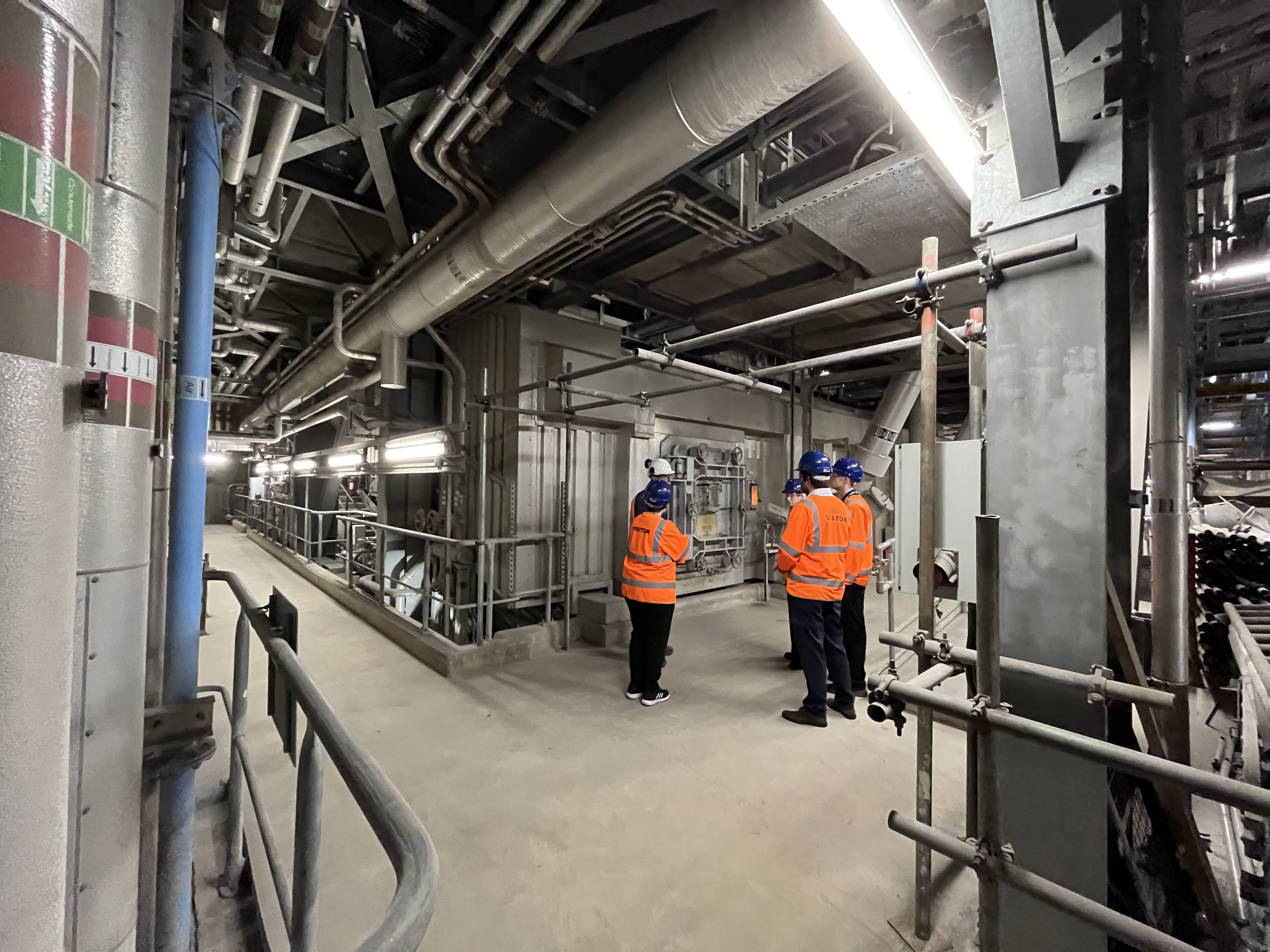Case Study Report:
Transforming Waste to Energy (WTE)
Start Date: 2022
Location: Limpopo Province, South Africa
At C-NES, we are committed to finding innovative and sustainable solutions to environmental challenges, and the Technology Assessment on Waste to Energy (W2E) technologies is a prime example. Waste to Energy is an innovative solution that addresses waste management while simultaneously producing energy. W2E involves converting various types of waste, such as municipal solid, agricultural, and industrial waste, into valuable forms of energy, such as electricity, heat, or biogas.
The benefits of Waste to Energy are multifaceted. Firstly, it addresses the growing waste management crisis by diverting waste from landfills and minimizing its environmental impact, including reducing the release of harmful pollutants and toxins into the environment. Secondly, it provides an alternative energy source. Depending on the waste feedstock, this energy can be much less carbon intensive than conventional fossil fuel-based energy, thus assisting in the fight against climate change. Thirdly, it creates economic opportunities through energy generation, job creation in the waste management and energy sectors, and potential revenue streams from selling electricity, heat, or biogas.
W2E can be mapped to various Sustainable Development Goals (SDG). Firstly, it promotes industry innovation and sustainable infrastructure in alignment with SDG 9. It also promotes responsible consumption and production patterns by implementing a circular economy approach, reducing waste, and maximizing resource utilization, in line with SDG 12. Lastly, by generating affordable energy, W2E contributes to SDG 7, which aims to ensure access to affordable, reliable, sustainable, and modern energy for all.

Challenges at Hand
The challenges at hand were the growing waste problem in the mine’s operations and in their surrounding communities and the aim of avoiding sending this waste to landfills. Landfilling contributes to environmental pollution, greenhouse gas emissions, and resource depletion, and these environmental impacts are a cause for concern.
Technology Assessment
C-NES conducted a Technology Assessment to assess the available W2E technologies on various factors such as waste availability, technology options, energy production and efficiency, economic feasibility, environmental impact, social impact, and regulatory compliance to ensure that the projects were sustainable and economically viable.
Our Technology Assessment consisted of several key steps. First, we conducted a waste availability assessment, identifying and modeling the different waste streams produced in the mining operations and in their communities. We then mapped these waste streams to various Waste to Energy technologies. Next, we performed techno-economic analyses to assess their economic feasibility. This included an energy analysis to evaluate their performance. We then conducted a Life Cycle Assessment (LCA) and carbon footprint accounting for all the chosen technologies and the status-quo waste management methods.
Based on the results, we provided recommendations for the most feasible, cost-effective, and environmentally friendly technologies that could be used to convert waste into energy.
Carbon Footprint Assessment
LCA, or Life Cycle Assessment, is a comprehensive method that assesses the environmental impacts associated with the entire life cycle of a product or process, from raw material extraction to end-of-life disposal. We utilized LCA methodology to evaluate the carbon footprint of the W2E technologies as well as the status-quo waste management methods, such as recycling, composting, and pyrolysis. This enabled us to determine the environmental impact of the energy produced by the W2E technology. It also provided insight if the W2E technology had a positive or negative impact compared to processing the technologies through recycling. By accurately measuring and accounting for carbon emissions, we can assess the climate change impact of the available technologies, providing a comprehensive and holistic approach to impacts of the W2E technologies.
The Figures below provide examples of the carbon footprint assessment of two ** tyre processing technologies.


